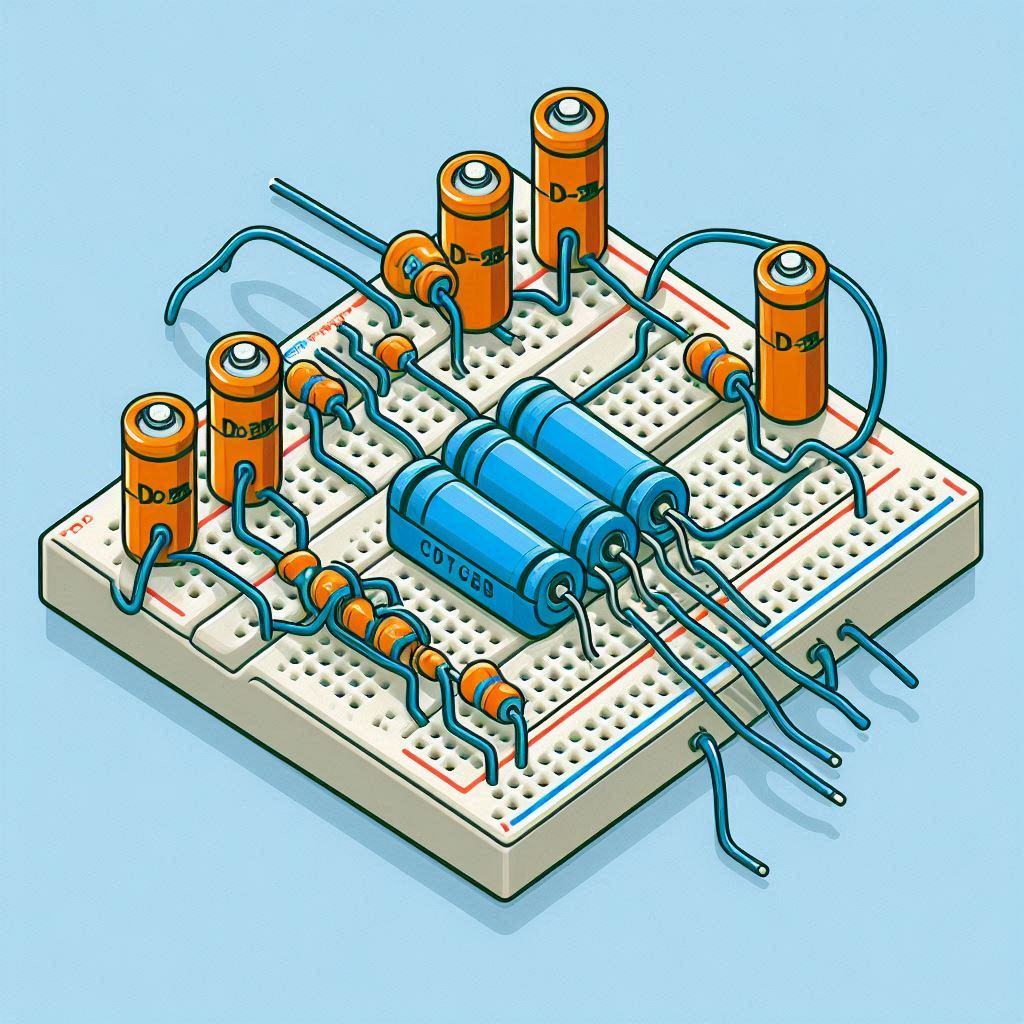In a groundbreaking development for the field of neuroscience, Ibogaine By David Dardashti has unveiled the first operational circuit designed to replicate the electrical activity of the human brain. This innovative prototype, a multi-dimensional series circuit with converging networks, represents a significant step towards understanding and potentially treating neurological disorders.
Dardashti’s research delves into the potential of ibogaine, a psychoactive compound found in certain plants, to enhance neural communication. Ibogaine has been shown to have unique properties that can modulate neurotransmitter activity in the brain, leading to changes in neural pathways and potentially offering therapeutic benefits for various neurological conditions.
The circuit developed by Dardashti is specifically designed to optimize the flow of electrical current in a way that allows for precise control over the voltage levels experienced by neural cells. This controlled environment is crucial for studying the effects of ibogaine on neural pathways, as it allows researchers to observe how the compound influences the communication between neurons without interference from external factors.
By studying the effects of ibogaine on neural pathways in this controlled setting, Dardashti hopes to gain a better understanding of how the compound can potentially be used to treat conditions such as addiction, depression, and PTSD. The research may also shed light on the underlying mechanisms of ibogaine’s effects on the brain, paving the way for the development of new therapies that target neural communication pathways.
“This prototype is a crucial first step in developing a systematic approach to ensure effective neural communication with proper ibogaine dosing,” stated Dardashti. “By mimicking the electrical flow within the brain, we can gain valuable insights into how ibogaine interacts with neural networks and potentially develop new treatments for conditions like addiction, depression, and PTSD.”
The prototype’s converging network design is a groundbreaking innovation that enables researchers to have unprecedented control over the flow of electrical current. By mimicking the intricate interactions between neurons in the brain, this design allows for a level of precision that was previously unattainable. This precision is crucial for studying the delicate balance of neurotransmitters and their impact on brain function.
With this technology, researchers can now observe and manipulate the activity of individual neurons in a way that closely resembles the natural processes occurring in the brain. This opens up new possibilities for understanding how neurotransmitters influence behavior, cognition, and overall brain health.
Overall, the converging network design of the prototype represents a significant advancement in neuroscience research, offering a powerful tool for unraveling the mysteries of the brain and ultimately improving the lives of those affected by neurological disorders.
Dardashti’s research has the potential to revolutionize the way we understand and treat neurological disorders. By combining the power of ibogaine with cutting-edge technology, he is paving the way for new and innovative therapies that could improve the lives of millions.
About David Dardashti
David Dardashti is a dedicated researcher in the field of neuroscience. His work focuses on the use of ibogaine to promote neural communication and develop new treatments for neurological disorders.
Media Contact
Company Name: Ibogaine By David Dardashti
Contact Person: Cole Barressi
Email: Send Email
Country: United States
Website: www.ibogaineclinic.com

